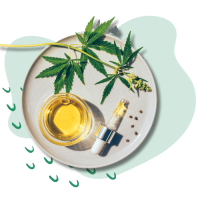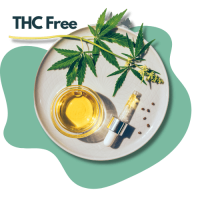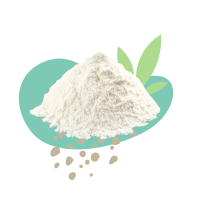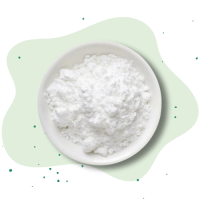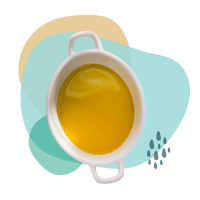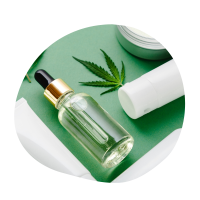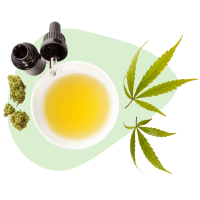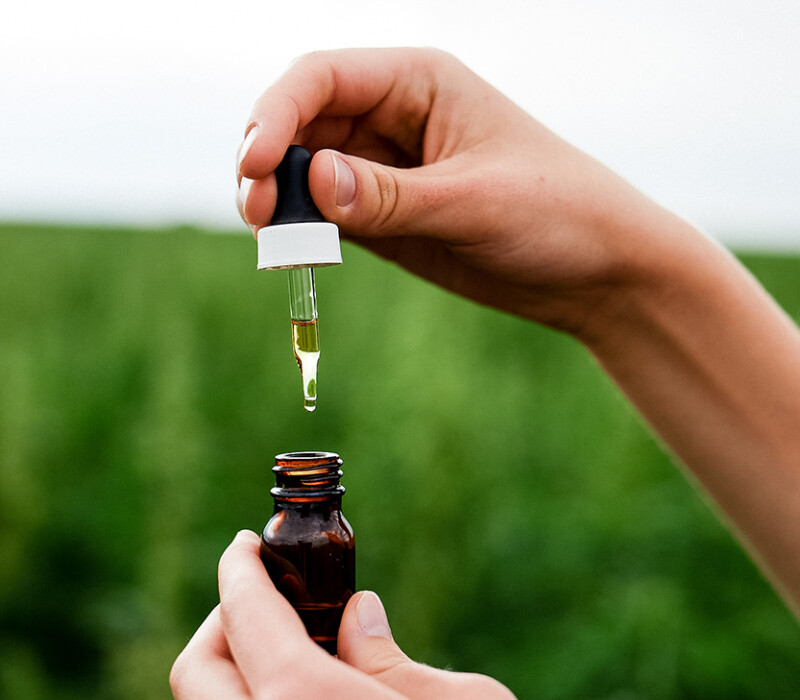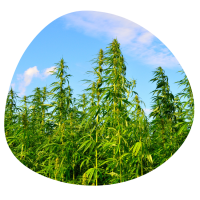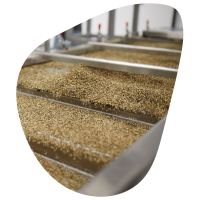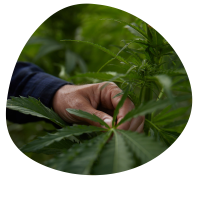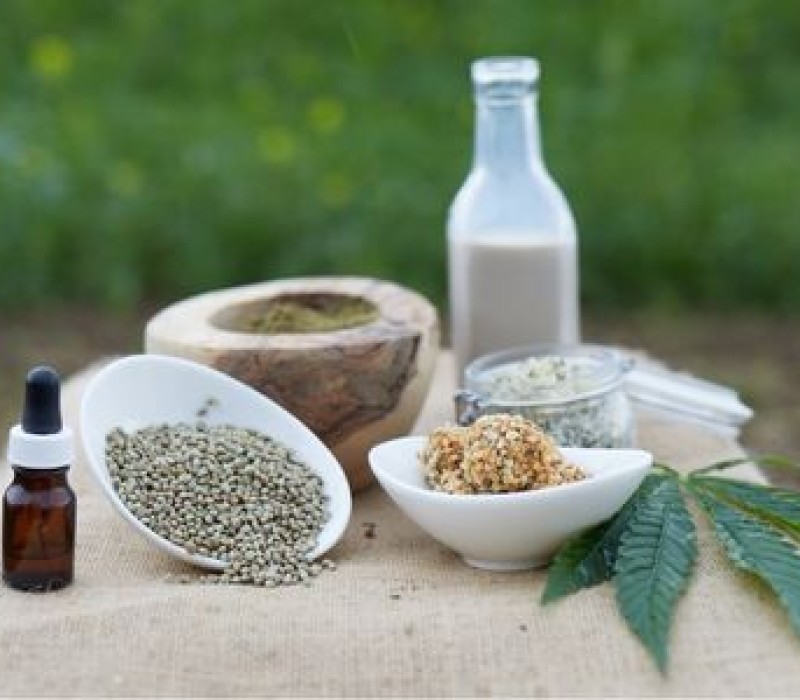Hemp History Month: 10,000 Years of Growth
Move over kale and step aside bamboo — hemp is the original multi-tasker, and it’s been quietly shaping human civilization for thousands of years.
Every June, we celebrate Hemp History Month — a global nod to one of the oldest domesticated crops in human history. Grown for food, textiles, paper, oil, fuel, and more, hemp has been used across continents and cultures for over 10,000 years.
From ancient Chinese pottery to modern Canadian protein shakes, hemp has been everything from a holy plant to a banned substance to a sustainable superstar. So grab a cup of hemp tea, and let’s take a journey through the highs (and lows) of hemp’s long, strange, and inspiring trip.
A Timeline of Hemp Highlights
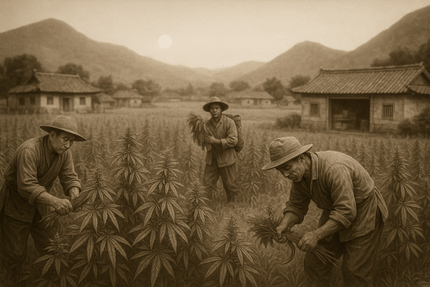
8,000 BCE – First Evidence of Hemp Cultivation
Archaeologists have found hemp fabric remnants in ancient Mesopotamia (modern-day Iran and Iraq) and China. These early societies used hemp for clothing, rope, and pottery decoration.
Did you know? Hemp is considered one of the first plants ever cultivated for textile fiber.
2000 BCE – Sacred and Medicinal in India
In India, “bhang” — a preparation made from hemp — was used in Ayurvedic medicine to treat a wide range of ailments. It was also part of spiritual ceremonies.
500 BCE – Hemp in Ancient Greece
Greek historians documented the use of hemp for making sails and ropes, praising its strength and water resistance — a big deal for sea-faring cultures.
800 CE – Vikings Bring Hemp to Northern Europe
Hemp seeds and ropes were found in Viking burial sites. Norse sailors used hemp for rigging and sailcloth as they conquered the seas.
1533 – King Henry VIII Demands Hemp
In England, Henry VIII passed laws requiring farmers to grow hemp to supply naval rope and sails. Failure to comply? You could be fined.
Fun fact: An average Royal Navy ship used around 120 tonnes of hemp for rigging, sailcloth, and caulking.
1606 – Hemp Arrives in North America
French botanist Louis Hébert introduced hemp to Canada. It was one of the earliest crops grown by European settlers.
1700s – Founding Fathers’ Favourite Crop
George Washington and Thomas Jefferson both grew hemp on their plantations. Washington even wrote in his diary about separating the male and female hemp plants.
1800s – Industrial Hemp Thrives
Hemp was used globally for paper, clothing, food, and fuel. Even the Declaration of Independence was rumoured to have been drafted on hemp paper (though this is debated).
1930s – Prohibition Hits
Hemp got tangled in anti-cannabis sentiment. Despite having virtually no THC, it was lumped in with marijuana and outlawed in many countries — a move that would stifle hemp innovation for decades.
Did you know? The U.S. “Marihuana Tax Act” of 1937 didn’t distinguish between hemp and cannabis — a bureaucratic mix-up that cost the world decades of sustainable progress.
1942 – Hemp for Victory
During WWII, the U.S. briefly lifted its hemp ban, urging farmers to grow it for the war effort. Over 400,000 acres were planted for military rope, uniforms, and parachute webbing.
1998 – Canada Legalizes Industrial Hemp
Canada leads the way by re-authorizing the commercial growth of industrial hemp under strict government regulations. The hemp comeback begins.
2018 – U.S. Legalizes Hemp and Canada Legalizes Cannabis
With the passage of the U.S. Farm Bill, industrial hemp is finally separated from cannabis and legalized federally. Global interest explodes.
Meanwhile in Canada, we were the second nation in the world ( after Uraguay) to legalizes cannabis for recreational and medical purposes - kicking off the "Green Rush".
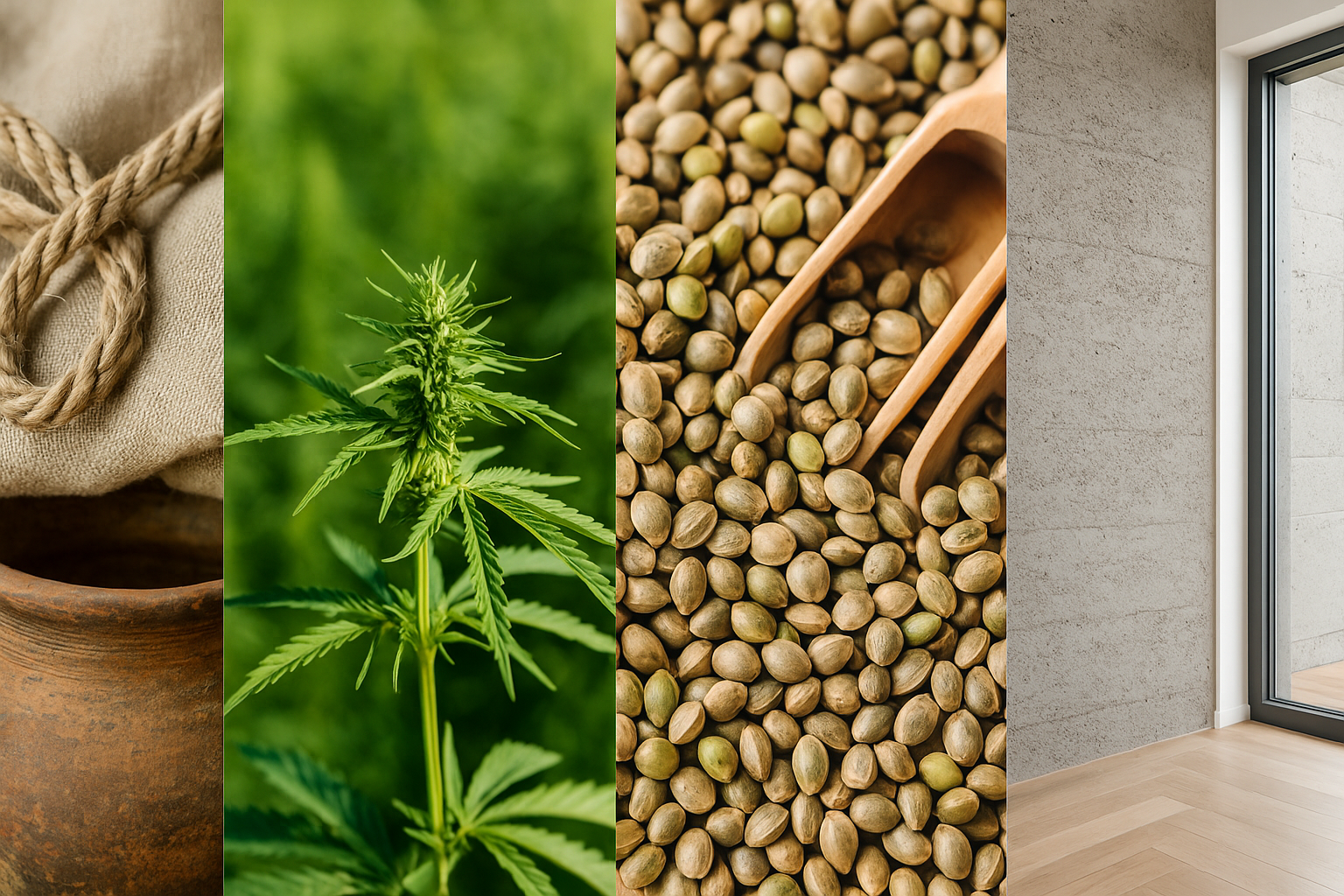
Not Just for Hippies: Hemp’s Many Superpowers
Hemp isn’t just historic — it’s useful, sustainable, and surprisingly high-tech. Here's a taste of what hemp can do:
-
Hemp seeds are a nutritional powerhouse — packed with protein, healthy fats, magnesium, and all 9 essential amino acids.
-
Hempcrete, a mixture of hemp hurd and lime, is fireproof, mold-resistant, and carbon-negative.
-
Hemp fibre is stronger than cotton, requires less water, and is naturally antimicrobial.
-
Bioplastics and composites made from hemp are being used in automotive interiors (hello, BMW).
-
Hemp paper can be recycled up to 7 times (vs. 3 times for wood pulp).
Did you know? One acre of hemp can produce as much paper as 4–10 acres of trees in a single season.
A Canadian Renaissance (and Blue Sky’s Role)
Fast forward to today — Canada has become a global leader in hemp cultivation and innovation.
With ideal growing conditions, strict regulations, and an eye on sustainability, Canadian hemp is now exported worldwide for use in health foods, wellness products, and sustainable textiles.
Here at Blue Sky Hemp Ventures, we're proud to have pioneered a new approach to farming and processing hemp, based on whole-plant utilization — meaning nothing goes to waste. From refined hemp oil to high-protein flour, CBD wellness extracts to hemp fibre for a range of industial applications, we’re turning hemp into food, fuel, and function with a zero-waste ethos.
Our farmer-first approach and scalable operations are helping re-energize rural economies and push the Canadian hemp industry into the global spotlight.
What’s Next?
As we face urgent global challenges like climate change, plastic pollution, and food insecurity, hemp is stepping up with real answers:
-
Regenerating soil
-
Sequestering carbon
-
Replacing synthetic fabrics and fossil fuels
-
Feeding people — and livestock — sustainably
In other words, hemp isn’t just history. It’s the future of farming, building, nutrition, and circular economies.
This Hemp History Month, Let’s Celebrate:
-
A plant that’s powered ships, fed civilizations, clothed royalty, and now supports climate resilience.
-
Farmers, scientists, and entrepreneurs bringing hemp back into the mainstream.
-
Canada’s role in setting new standards for sustainability.
Want to learn more? Browse Canadian-grown products or check out how companies like Blue Sky Hemp Ventures are reshaping hemp for the next 10,000 years.
www.blueskyhempventures.com


